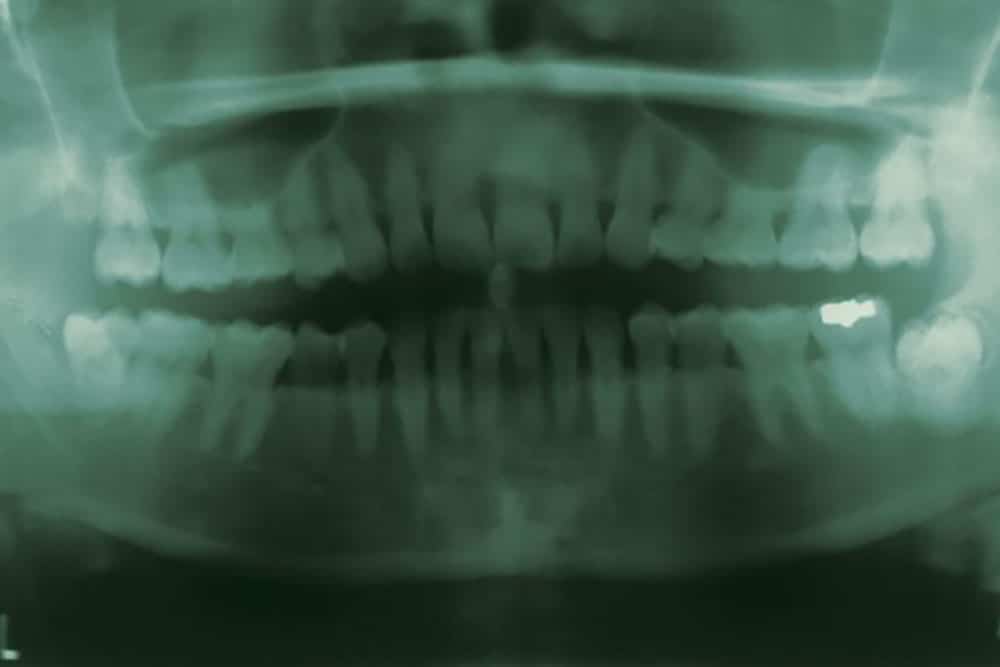
Monster. For many, the word summons memories of childhood fears: the creature panting under the bed, the bogeyman lurking behind the closet door. Others may recall the B-movie staples, the mummy in the swamp, and the giant reptile destroying high-rises. Real-life monsters are the reviled subjects of distance-creating newspaper headlines: war criminals, serial killers, pedophiles. According to prize-winning author Hiromi Goto, however, monsters are much closer to home than we’d like to believe. In her new book, Hopeful Monsters, monsters breastfeed, quarrel with their mothers, and stumble through the night to the outhouse – because, you see, in Goto’s worlds, any one of us can be a monster.
Creeping through the various narratives in Goto’s mesmerizing short stories is the common feature of characters suffering from displacement. Deviations from expected behaviour or form, Goto suggests, are dismissed by the collective as monstrosities. In “Camp Americana”, for instance, a Japanese grandfather visiting his Canadian family is disgusted by his grandchildren’s beastly manners; they, in turn, fear him for his scowls and sudden outbursts of frustration. In “Stinky Girl”, a story of particularly vivid imagery, a young woman’s girth and foul body odour repel everyone around her, even her mother. These are just two of Hopeful Monsters‘ obvious cases of monstrosity. Goto’s explorations become more compelling when she links displacement with motherhood and culture.
Pregnancy’s hardships are given much attention in Hopeful Monsters; rather than experiencing pregnancy in “Earth Mother” style – as a rapturous, natural and fulfilling state – women are isolated by their physical and emotional changes, unreciprocated by their partners. Postpartum women constantly feel they have failed in motherhood: in “From Across a River”, the protagonist is immobilized by the knowledge that she drove over her child. Another woman faces the hostile reactions of her family when she decides to give up breastfeeding.
In numerous stories, women who are unable to regain their earlier body weights are made by their relatives to feel as though they are anomalies. Most successful in articulating the pain of failure that can grip new mothers is the title story, which relays the repugnance felt by a woman whose newborn has an unusual appendage: “Right where the crack of her buttocks began was a tail. It was covered in skin and tapered at the tip. Hisa stared. What moisture left in her mouth withered: a bitter dust on her tongue. Her heart boomed inside her ears.” Indeed, Goto challenges the hallowed institution of motherhood in Hopeful Monsters.
Culture, too, is a factor used by the author to segregate characters in her stories, which aptly capture the tension between generations of Japanese Canadians. Elders, immigrants from Japan, observe their Canada-born children’s behaviour with expressions of horror and, as with the mother in “Drift”, who disdains her daughter’s lesbianism, avoid mention of distasteful issues. One story sees a grandfather repulsed by his daughter-in-law’s priorities: “[she] stays in bed as long as she can and saunters into the kitchen like she owns the world… a woman must honour her husband.” As well, that differences in race can still be viewed as “monstrosities” by the majority culture – even in as seemingly progressive a society as modern Canada– is also a spectre that haunts many of Goto’s tales. (Interracial marriage, for example, is often frowned upon here by the parents of each spouse.)
Goto makes interesting and playful use of parallelism to convey her serious messages concerning the treatment of deviants. The real experiences of suffering and loneliness are touched by small moments of magic: One woman successfully grafts her milk-swollen breasts onto her husband’s chest so that he, too, will know her pain; the spirit of a girl’s dead father inhabits a head of cabbage in her fridge. Goto encourages readers to view their commonplace assumptions about themselves and their culture in a new light. These fantastic unsettling forms – the tailed infant, cat-headed children, and levitating girl – mirror those physical forms that may unsettle people in everyday life: an obese woman, a scar, a lesbian, slanted eyes.
Goto embraces the qualities that make one different without resorting to over-sentimentalization or preaching and posits that problems arise when others fail to acknowledge the legitimacy of difference. In the telling scene of “Stinky Girl”, the protagonist learns that her overpowering stench is only mistranslated music: “The sounds that emanate from my skin are so intense that mortal senses recoil, deflect beauty into ugliness as a way of coping.” The term “hopeful monsters”, as readers learn late in the book, refers to select organisms that, despite being afflicted by abnormalities, can adapt and survive. None of Goto’s stories give one the impression that all conflicts have been resolved, however. Like hopeful monsters, her characters may have adapted, but their monstrousness endures.
Hopeful Monsters is an invitation to reassess the “others” that we are so quick to judge in our daily lives, e.g., the tyrannical boss or the hostile neighbour. And to reassess ourselves. This reader’s sole qualm with Hopeful Monsters is that the stories, which unfold in a series of psychological sketches, incorporate stream-of-consciousness passages that occasionally drag on, becoming tedious. Overall, however, Goto’s tales engage with their poignancy, beauty, and their freakishness.


![Call for Papers: All Things Reconsidered [MUSIC] May-August 2024](https://www.popmatters.com/wp-content/uploads/2024/04/all-things-reconsidered-call-music-may-2024-720x380.jpg)



